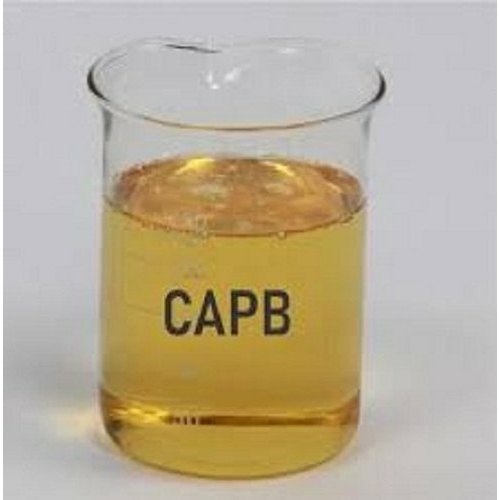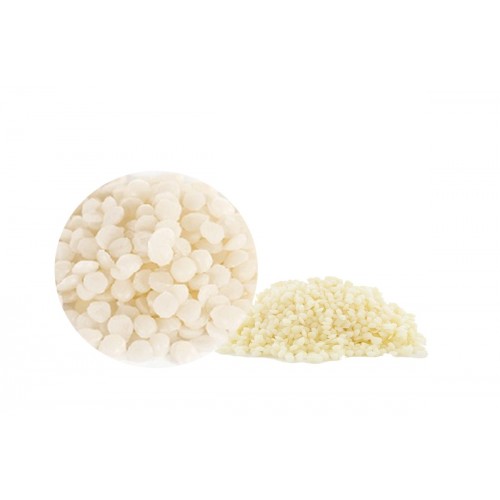Introduction
Nicotinamide is the active and water soluble form of vitamin B3 that is used in acne
products. Human bodies do not produce it naturally, so it is one of the vitamins we must obtain
in other ways – in this case, topical application. It was discovered in 1935 and is now on the
World Health Organization’s list of essential medicines. Under INCI (International
Nomenclature for Cosmetic Ingredients) it is known as niacinamide.
Molecular Structure
Nicotinamide is known as pyridine-3-carboxamide under the IUPAC (International
Union of Pure and Applied Chemistry) nomenclature. Pyridine is a ring of five carbons and one
nitrogen that are double bonded together into a flat ring resembling the cyclic compound
benzene. An amide (amino acid) group is attached to this ring along with one double-bonded
oxygen. It is structurally similar to niacin, also known as vitamin B3 , which is renowned for its
skincare benefits.
Physical Properties
Nicotinamide is usually bought in the form of a fine, crystalline, white powder with no
noticeable scent. It has a density of 1.40 g/cm3 . It is soluble in water, ethanol, and glycerol. In
the final products, the pH is usually around 6.0. It has a melting temperature of 129.5º C (265.1º
F) and a boiling point of 334º C (633º F). It has a flash point (temperature at which it will spark
if ignited) of 182º C (359.6º F).
Chemical Properties
Nicotinamide has many health benefits, especially for the skin when applied topically. It
is effective because it is a biologic precursor to two very important chemicals: nicotinamide
adenine dinucleotide phosphate (NADP+) and adenine dinucleotide (NAD+/NADH). These twocompounds are critical for the processes that cells use to repair damage and propagate. By
providing the skin cells with more nicotinamide, it is thought that the cells can produce more
NADP. It is also thought that nicotinamide applied to the skin can help with the production of
ceramides (a class of lipids that help build up the skin barrier).
Uses
Nicotinamide is a vitamin B supplement and one of the World Health Organization’s list
of essential medicines. It has many benefits, but these can only be obtained via oral or topical
application. In skincare products, it is used topically to treat acne and rosacea (a condition
causing excessive facial redness) due to its anti-inflammatory and antimicrobial actions. It also
can improve acne, reduce the amount of sebum produced (a yellowy, oilish substance produced
by the skin that causes acne), increase skin hydration by increasing the skin barrier
functionability, minimize the size of large pores, reduce fine lines, improve complexion, and
may reduce the risk of skin cancer.
In one 2013 study, 4% nicotinamide performed just as well if not better than 1%
clindamycin – an antibiotic that is used to treat acne. Further research suggests that 2%
nicotinamide may prevent the skin’s production of oil. When used in this manner, it is used in a
concentration of 1% to 4%. It can be applied both in the morning and at night, though overuse
may result in dryness. In this case, it should only be applied once per day until the dry feeling
goes away. It is preferred over other compounds such as acids, retinoids, and benzoyl peroxide
because it is good for all skin types.
Nicotinamide has also been found to fight free radicals. Free radicals are atoms or
molecules that are extremely reactive due to unpaired valence electrons. These compounds havebeen shown to cause cell and DNA damage. Nicotinamide can prevent this after topical
application by increasing the antioxidant capacity of the skin. Antioxidants can also decrease the
effects of sallowness caused by aging.
Another property is the ability to decrease unwanted pigmentation, age spots, and the
effects of the disease melasma. One study showed that 4% nicotinamide is comparable to 4%
hydroquinone, but with fewer side effects.
Unlike other treatments for oily skin, nicotinamide doesn’t just absorb the excess oil.
Instead, it slows down oil production. Changes are evident after two to four weeks of use. As a
bonus, it can make pores appear smaller as they are no longer clogged with sebum and dead skin.
This in turn makes the skin appear smoother and softer.
Manufacturing
It is naturally found in yeasts, fish, nuts, legumes, and lean meats. On an industrial scale,
it is produced by the hydrolysis of nicotinonitrile or nicotinic acid with the enzyme nitrile
hydratase. The enzyme occurs naturally in Rhodococcus rhodochrous
, a bacteria found in soil.
Using an enzyme instead of other synthesis methods prevents hydrolysis into nicotinic acid.
Alternatives
Nicotinamide is a very complex substance. As a result, there are no good alternatives.
Panthenol (vitamin B5 ) can play some of the same roles. Depending on what you are trying to
achieve, some botanical extracts can also be substituted. Niacin has a very similar sounding
name and is easier to find at the drugstore. However, niacin will cause redness and other side
effects that nicotinamide/niacinamide will not. Unlike vitamin C and retinols, which are touted to
have similar properties, nicotinamide is non-acidic and non-irritating.
StorageNicotinamide should be stored in a cool, dry place away from alkalis, strong acids, and
oxidizing agents. If it reacts with oxidizers, it may form carbon monoxide and nitrous oxides
(NOx ), both of which are dangerous if inhaled. The container should be tightly sealed and kept
out of direct sunlight.
Safety
Nicotinamide is not recommended to treat acne in pregnant women. In the event that it
gets in the eyes, flush with water for fifteen minutes after removing contacts (if present and easy
to do so). In the event that irritation persists, seek medical attention. When using this product,
wear an N95, KN95, KF94, P1 or other particulate filtering mask to avoid inhaling dust, as it can
cause irritation in the lungs. If ingested, do not induce vomiting. Call your local poison control
center for guidance. Always read the MSDS (manufacturer’s safety data sheet) before working
with a product you are unfamiliar with.



No Comments